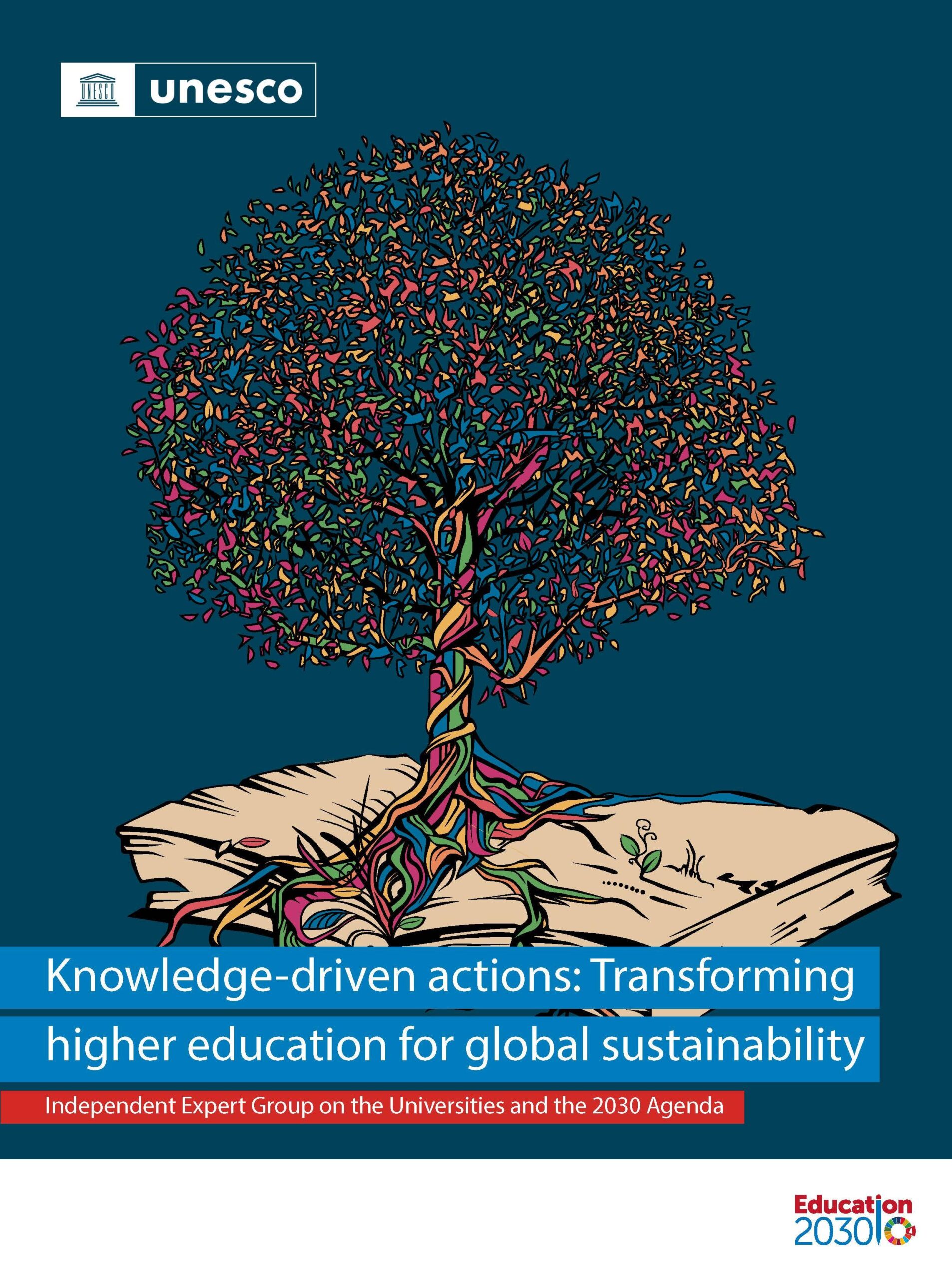Top Sustainable Technologies Transforming Educational Settings: Innovative Solutions for Greener Schools
introduction: The Urgent Need for greener Schools
As climate change and environmental conservation continue to dominate global conversations, educational institutions play a critical role in modeling sustainability for future generations. Greener schools not only reduce environmental impact but also foster healthier, more inspiring learning environments for students and staff. Cutting-edge sustainable technologies are at the forefront of this transformation, enabling educational settings to minimize their carbon footprint, lower energy costs, and promote eco-consciousness.
In this article, we explore the top sustainable technologies revolutionizing schools, highlight their key benefits, and offer practical tips for prosperous implementation. Whether you’re a school administrator, educator, parent, or student, discover the innovative solutions that make schools greener, smarter, and more efficient.
The Importance of Sustainable Technologies in Education
Modern schools are responsible for shaping environmentally aware citizens. By integrating sustainable technologies, educational settings:
- Reduce energy and water consumption
- Lower operational costs
- Provide healthier spaces for learning
- Serve as living laboratories for environmental education
- Contribute to broader community and environmental goals
Top Sustainable Technologies Transforming Schools
Schools across the globe are embracing innovative green solutions. Let’s explore the most impactful sustainable technologies currently transforming educational environments:
1. Solar Power Systems
- solar panels harness renewable solar energy to power school buildings, reducing reliance on fossil fuels and lowering electricity bills.
- Battery storage solutions ensure a continuous energy supply and provide backup during outages.
Case in Point: Many districts in the U.S. and Europe have seen a decrease in utility costs and carbon emissions after switching to solar-powered campuses.
2. Energy-Efficient Lighting and Smart Controls
- LED lighting systems use up to 80% less energy compared to traditional bulbs and boast longer lifespans.
- Smart occupancy sensors and daylight harvesting technologies automatically adjust lighting based on room use and natural light availability.
These solutions not only cut energy costs but also create more adaptive and comfortable learning environments.
3. High-performance Building Materials
- Low-VOC paints, eco-friendly flooring, and green insulation materials enhance indoor air quality and thermal comfort.
-
Cool roofs and reflective surfaces reduce heat absorption, helping to regulate building temperatures and cut down on air conditioning needs.
4. Advanced HVAC and Ventilation Systems
-
Modern HVAC systems utilize energy recovery ventilators, CO2 sensors, and smart controls to optimize air quality and efficiency.
-
geothermal heat pumps use stable underground temperatures for heating and cooling, further reducing energy demand.
5. Water Conservation Technologies
- rainwater harvesting systems collect and store rainwater for irrigation,toilet flushing,and other non-potable uses.
- Low-flow plumbing fixtures and smart irrigation controllers drastically cut water usage without sacrificing performance.
6. Green IT and sustainable Digital Learning
- Cloud-based platforms minimize the need for on-site servers and reduce energy consumption.
- Energy-efficient devices, such as Chromebooks and tablets, support digital classrooms while lowering carbon footprints.
-
E-books and online resources cut down on paper usage, promoting a paperless learning surroundings.
Innovative Green Infrastructure for Schools
Transforming schools into sustainable spaces often goes beyond technology alone. innovative green infrastructure—like green roofs, school gardens, and living walls—not only support environmental goals but also enhance student experiences.
- Green roofs and living walls improve insulation, absorb rainwater, boost biodiversity, and offer hands-on learning opportunities.
- Outdoor classrooms and school gardens encourage environmental stewardship and help students connect with nature.
Benefits of Implementing Sustainable Technologies in Schools
- Reduced Operating Costs: lower energy, water, and maintenance bills free up funds for educational programs.
- Improved Student Health & Performance: Enhanced indoor air quality and natural lighting promote better concentration,attendance,and well-being.
- Real-World Learning: Technology-rich, sustainable environments provide opportunities for students to engage in hands-on STEM and environmental projects.
- Community and Environmental Impact: Greener campuses reduce greenhouse gas emissions and serve as models for sustainability in the community.
Practical tips for Greener Educational Settings
- Start with Audits: Conduct energy, water, and waste audits to identify opportunities for advancement.
- Leverage Grants and Incentives: Take advantage of government rebates and non-profit funding for sustainable school initiatives.
- Engage Students and Staff: Build a “green team” to champion sustainability projects and foster a culture of environmental responsibility.
- Prioritize Upgrades: Focus on high-impact, low-barrier projects like LED lighting, programmable thermostats, and recycling programs.
- Partner with Experts: Collaborate with green building consultants, local utilities, and technology providers for guidance and support.
Case Studies: Schools Leading the Way in Sustainability
1. The Hayes School, United Kingdom
With a 100kW solar PV system, energy-efficient lighting, and rainwater harvesting infrastructure, The Hayes School has reduced annual energy costs by 40% and serves as an eco-ambassador in the community.
2. Discovery Elementary, virginia, USA
renowned as one of the largest net-zero energy schools in the U.S., Discovery Elementary features geothermal heating, solar canopies, and a rooftop learning laboratory, supporting immersive STEM education and environmental awareness.
first-Hand Experience: Insights from a Sustainability Coordinator
“Since implementing smart controls, energy-efficient lighting, and solar panels on campus, our school’s energy consumption has dropped by almost 50%. More importantly, students are taking a genuine interest in environmental issues, suggesting their ideas for greener initiatives and helping us create a better future for all.”—Emma Rodriguez, Sustainability Coordinator, Lincoln High School
Conclusion: Paving the Way for Future-Ready, Greener Schools
The integration of sustainable technologies in educational settings is more than just a trend—it’s a necessity for fostering environmentally responsible citizens and ensuring healthier, more enriching spaces for learning. by leveraging innovative solutions such as solar power, efficient lighting, smart controls, advanced building materials, and green IT, schools can transform into eco-friendly hubs that inspire students and benefit entire communities.
As these technologies become more accessible and affordable, every educational institution can play a role in building a smarter, greener future. Whether your school is taking its first steps toward sustainability or leading the way with advanced green initiatives, the journey toward becoming a truly sustainable school is both achievable and rewarding.

